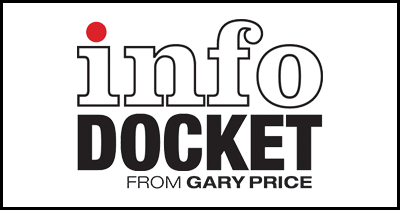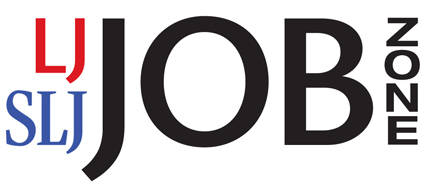Digital Preservation Coalition (DPC) Releases “The BitList 2021: The Global List of Digitally Endangered Species”
The 2021 “BitList” was released today, “World Digital Preservation Day”, by the Digital Preservation Coalition
From the DPC:
The BitList offers an accessible snapshot of the concerns expressed by the global digital preservation community with respect to the risks faced by digital content. It is based on the practical experience of professionals with the responsibility to maintain access to content over time. It is not a theoretical exercise, nor does it serve a political or commercial interest.
In an important development, ‘Adobe Flash Animations and Interactive Applets’ has joined the small set of digital materials designated the highest classification of Practically Extinct.
Adobe Flash represents a significant amount of the creativity of websites in the early 2000s, including net-based art and cartoons. It enabled the sophisticated interaction at low cost over the web but had a chequered history in terms of browser support and security. It was first added to the BitList in 2019 after Adobe’s announced it would withdraw support to Flash Animation. Support has since been withdrawn and so the panel has agreed to reclassify the entry as Practically Extinct.
‘This loss of support has been long signalled by Adobe and noticed by those in the digital preservation community, explained Dr Amy Currie of the Digital Preservation Coalition, ‘Flash was such an important element of the web in the early part of this century, and the removal of support complicates migration and emulation pathways, and it accelerates the erosion of problem-solving capacity to maintain content locked in Flash.’
‘It’s a case study of how popular and widely used formats and applications can fade, taking content with them.’
Flash joins a group of other Practically Extinct entries in this year’s list, which have been assigned this classification because they have become inaccessible by most practical means and methods and where immediate action is required to avoid loss. These include material where recovery is possible in very small samples but is impractical at scale.
Six other items have been identified at materially greater risk than in 2019, changing to a higher BitList classification, and twenty-nine entries have an identified trend towards greater risk.
Two new items have been added to the 2021 BitList: ‘Virtual Reality Materials and Experiences’ has been added as a new Endangered entry, and ‘Smart Phone Gaming’ as Critically Endangered.
‘New items appear on the list because an established and experienced professional within the digital preservation community has struggled to preserve access to this content and has called for it to be included,’ explained William Kilbride of the DPC.
‘The categories and classifications of content are broad so that the list can be digested quickly. It is a reference set against which any digital object can be compared.’
The urgency of action or risks faced are amplified by the presence of aggravating factors; and they are ameliorated in the presence of good practice. Entries also overlap. Any given digital object may appear under multiple headings depending on technology, resourcing or organizational context. These overlapping categories and classifications mean that some objects may be at greater risk than initially suggested and that actions to tackle the risks are potentially more complex. A condensed action plan is suggested for every entry on the list.
Direct to Full Text Report: “The BitList 2021: The Global List of Digitally Endangered Species”
Learn More About The Bit List
Filed under: Digital Preservation, News, Preservation
About Gary Price
Gary Price (gprice@gmail.com) is a librarian, writer, consultant, and frequent conference speaker based in the Washington D.C. metro area. He earned his MLIS degree from Wayne State University in Detroit. Price has won several awards including the SLA Innovations in Technology Award and Alumnus of the Year from the Wayne St. University Library and Information Science Program. From 2006-2009 he was Director of Online Information Services at Ask.com.


